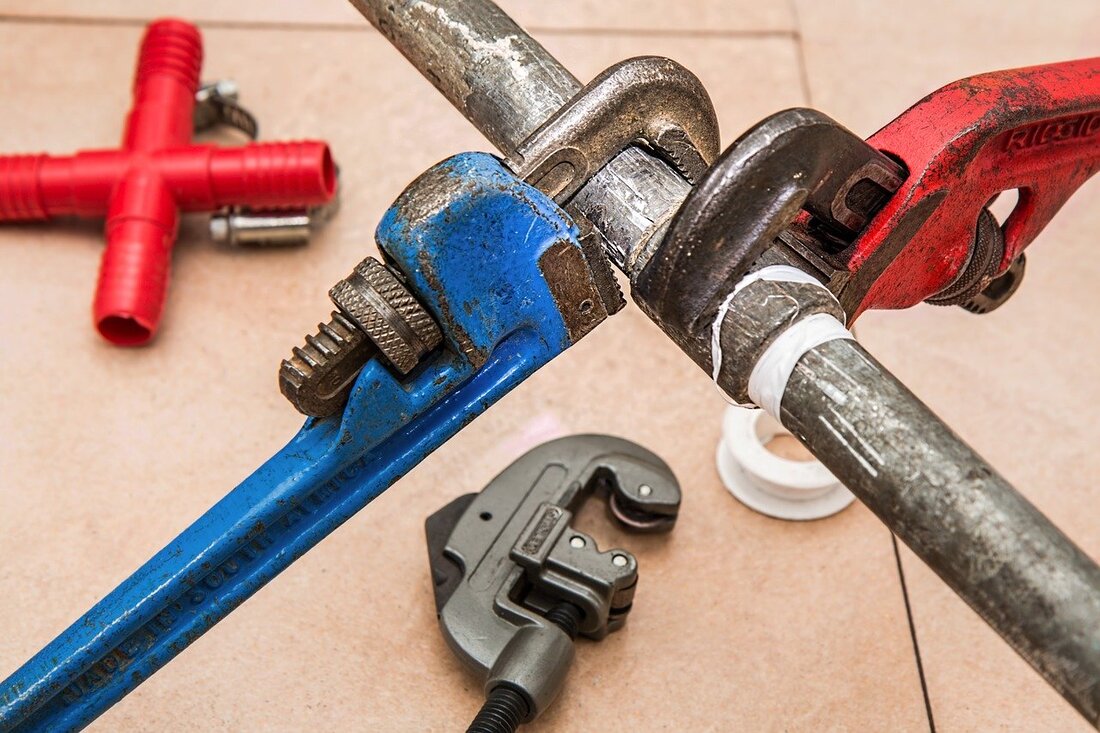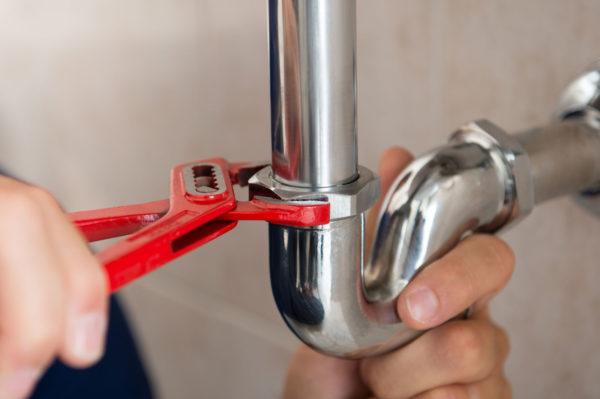Discovering the Fundamentals of Home Plumbing: A Beginner's Tutorial
Discovering the Fundamentals of Home Plumbing: A Beginner's Tutorial
Blog Article
This article down the page pertaining to Plumbing Basics For Every Home: The HomeTriangle Guide is without a doubt enjoyable. You should check this stuff out.

Plumbing is an important element of any home, responsible for supplying tidy water for drinking, cooking, and showering, as well as getting rid of wastewater safely. Understanding the fundamentals of home plumbing is crucial for every single house owner to make sure correct maintenance, troubleshooting, and, if required, fixings. In this novice's guide, we'll cover the fundamental concepts of home plumbing to help you come to be much more acquainted with how it functions.
Water System System
The supply of water system brings clean water right into your home from a community water resource or an exclusive well. It consists of a major water line that connects to your home's plumbing system, typically situated underground. A water meter measures the quantity of water eaten, while a shut-off valve allows you to manage the circulation of water into your home.
Plumbing Components
Plumbing components are devices that supply water to various parts of your home and consist of sinks, taps, commodes, showers, bath tubs, and devices such as dish washers and cleaning machines. Each fixture is connected to the water system by means of pipes and fittings and may have its shut-off valve for upkeep or emergency situations.
Water Heater
The water heating unit is accountable for heating water for domestic usage, consisting of showering, food preparation, and cleansing. Usual kinds of hot water heater consist of tank-type water heaters, tankless (on-demand) water heaters, and heat pump hot water heater. The hot water heater is connected to the water system system and provides hot water to plumbing components as needed.
Water drainage System
The drain system removes wastewater from your home and lugs it away to a sewer therapy center or septic system. It consists of a network of pipes, installations, and components that carry wastewater from plumbing fixtures to the major sewage system line or septic system. Proper drain is important to prevent obstructions, backups, and sewer leaks.
Air flow System
The air flow system aids keep correct air pressure and protect against sewage system gases from entering your home. Air vent pipelines, also called vent stacks, prolong from plumbing components to the roofing, enabling drain gases to run away securely outside. Air flow pipes also permit air to get in the drain system, facilitating smooth wastewater circulation and preventing suction or vacuum impacts.
Common Plumbing Devices
Having the right devices available is necessary for performing standard plumbing repair work and upkeep jobs. Usual plumbing tools consist of flexible wrenches, pipe wrenches, pliers, pipe cutters, hacksaws, plungers, augers (or drain snakes), and Teflon tape. Having these devices easily available can assist you take on small plumbing concerns efficiently.
Basic Plumbing Repair Work
While some plumbing fixings might need specialist help, many common problems can be resolved with standard do it yourself strategies. Learning exactly how to take care of a dripping faucet, unblock a drain, change a commode flapper, or fix a leaking showerhead can conserve you money and time on plumbing repairs.
Conclusion
Understanding the fundamentals of home plumbing is necessary for each homeowner to keep a secure, useful, and efficient plumbing system. By acquainting on your own with the water system, plumbing components, drain system, air flow system, common plumbing devices, and fundamental fixings, you can confidently address small plumbing issues and ensure your home's plumbing system runs smoothly.
Plumbing for Beginners: A Comprehensive Guide
If you’re a beginner when it comes to plumbing, don’t worry; you’re not alone. Plumbing may seem intimidating, but with the right knowledge and a little practice, you can handle many common plumbing issues on your own. In this comprehensive guide, we will demystify the world of plumbing for beginners, providing you with the basic knowledge and skills needed to tackle common plumbing problems and even take on some DIY plumbing projects.
The Importance of Basic Plumbing Knowledge for Beginners:
First and foremost, basic plumbing knowledge gives you a solid foundation. It helps you grasp the key concepts and terminology that are essential in this field. By learning the basics, you’ll be able to build upon that knowledge and tackle more complex plumbing tasks in the future.
Having a basic understanding of plumbing also enables you to handle common issues that may arise in your home. Picture this: a leaky faucet or a clogged drain. With some basic plumbing knowledge, you’ll have the confidence to troubleshoot and fix these problems on your own. It saves you from unnecessary expenses and the hassle of waiting for a professional to arrive.
As a beginner, learning the basics of plumbing empowers you to take care of your own home. It gives you a sense of independence and self-reliance. You’ll no longer have to rely solely on professionals for every small issue that pops up. Instead, you can handle many tasks yourself, saving time and money in the process.
Remember, everyone starts as a beginner. Embrace the learning process and take small steps to expand your plumbing knowledge. There are plenty of online resources, tutorials, and even local workshops that talk about plumbing for beginners.
Essential Tools for Plumbing for Beginners
As you start your plumbing journey, having the right tools in your toolbox is crucial. Let’s explore some of the must-have tools:
Adjustable Wrench:
This versatile tool is a staple in any plumber’s toolbox. It allows you to tighten or loosen nuts and bolts of various sizes. Make sure to have an adjustable wrench with a comfortable grip.
Pipe Wrench:
A pipe wrench is specifically designed for gripping and turning pipes. It has serrated jaws that provide a strong grip, making it easier to loosen or tighten threaded pipes and fittings.
Plunger:
The plunger is a simple yet effective tool for clearing clogged drains and toilets. It creates suction when you push and pull, helping to dislodge blockages. Keep a good-quality plunger handy for those unexpected clogs.
Pipe Cutter:
When it comes to cutting pipes, a pipe cutter is your go-to tool. It creates clean, precise cuts without damaging the pipe. Look for a pipe cutter that can handle the pipe sizes you’re working with.
Hacksaw:
A hacksaw is useful for cutting through pipes, screws, and other materials. It’s a versatile tool that can handle different cutting tasks. Remember to use a blade suitable for cutting metal.
Tape Measure:
Accurate measurements are crucial in plumbing. A tape measure allows you to measure pipe lengths, distances, and dimensions accurately. Opt for a sturdy tape measure that extends a good length.
Pliers:
Pliers come in handy for various tasks, such as gripping, bending, and cutting. Slip-joint pliers with adjustable jaws are great for gripping pipes, nuts, and bolts.

I'm just very focused on Plumbing Basics Every Homeowner Should Know and I really hope you liked my article. If you appreciated our article please be sure to pass it around. Thanks a bunch for being here. Return soon.
Contact Us Report this page